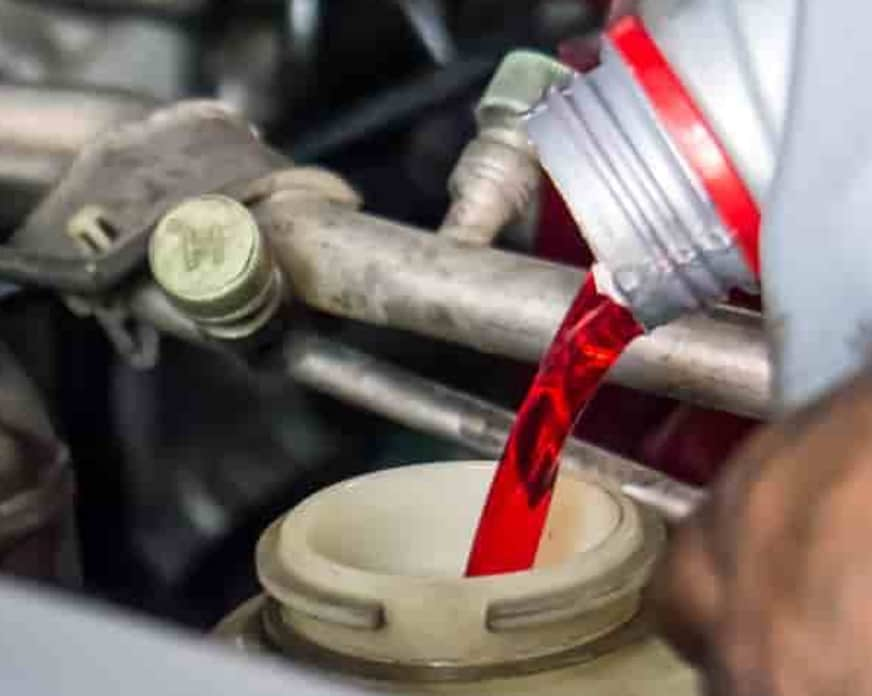

Your transmission is a complex machine, second only to the engine in complexity. To function effectively, it must be filled with the right type and amount of Automatic Transmission Fluid. This fluid creates the hydraulic pressure necessary to move gears. It also protects against wear and corrosion by providing a thin film between moving parts. When ATF becomes old or contaminated, it loses its protective properties, making your transmission vulnerable to damage. Regularly checking and replacing your ATF according to your manufacturer's schedule ensures that your transmission continues to operate efficiently. Without proper maintenance, you risk increased friction, heat, and eventual transmission failure.
Most vehicles come equipped with a dipstick, similar to the one used for engine oil, making it easy for owners to monitor fluid levels. To check your ATF, ensure your vehicle is on a level surface and your engine is warm. With the engine running, remove the dipstick, wipe it clean, and reinsert it fully. Remove it again to check the fluid level. If levels are low, add the recommended ATF type slowly to avoid overfilling.
There are clear signs that your ATF may need replacement or attention. Discolored fluid, typically brown or black, indicates contamination or oxidation, which reduces effectiveness. A burnt smell is another red flag, suggesting overheating or degradation of the fluid.
Sluggish gear shifts or unusual noises when changing gears can also signal ATF issues. These symptoms suggest that the transmission is struggling to operate smoothly, possibly due to inadequate lubrication. Addressing these signs promptly can save you from costly repairs later on.